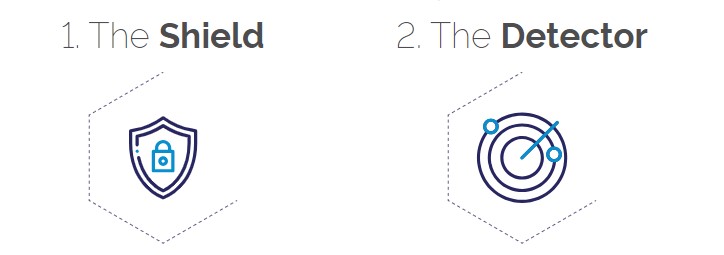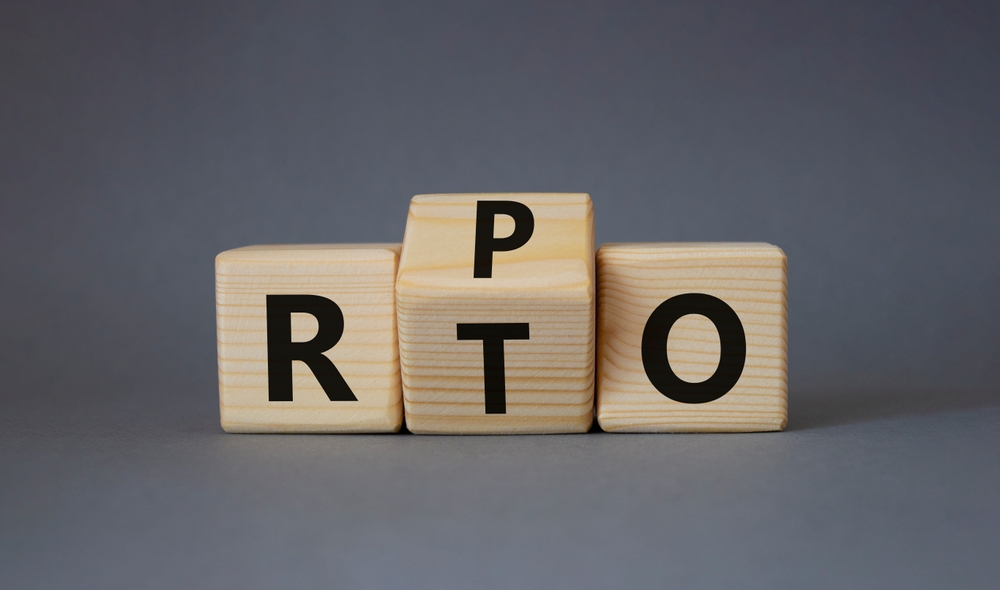Imagine restoring your digital operations within minutes of a crippling cyber-attack, all because your backups were impenetrable. In our digital age, ransomware protection isn’t just a wish—it’s a necessity. Cyber threats aren’t just knocking at our doors; they’re trying to bash them down, aiming their crosshairs at everyone from solo entrepreneurs to tech giants.
Amid this chaos, backups stand tall as our silent guardians. But here’s the hard truth: merely having a backup isn’t enough. It’s like having a treasure but leaving the vault door ajar. If we’re investing heavily in our primary data protection, shouldn’t our backups get the same VIP treatment? In this article, you’re going to see how to turn your backups into digital fortresses, ensuring your data remains resilient against the most daunting cyber threats.
The Vulnerabilities of Backup Systems
Unlock the true potential of your backups by mitigating its vulnerabilities. Traditionally, one might think of air-gapping as a foolproof method to protect backups. This involves physically disconnecting a system or data from any network, rendering it inaccessible to cyber threats. However, this method comes with its set of limitations. For starters, air-gapping is largely manual, requiring frequent human intervention, which can lead to errors and oversights.
Another common solution is cloud backups: a game changer in terms of convenience, giving us the power to access, restore, and manage our data anytime, anywhere. But, and it’s a big but, they’re not truly secluded from the online world. Being online means they’re still in the crosshairs of those pesky cyber adversaries, even if the threat seems minuscule.
The Dangers of Ransomware
Ransomware, one of the most formidable cyber threats, has evolved to recognize the value of backups. Instead of just encrypting active data, attackers now strategically target backup systems for a couple of reasons:
Incentivizing Ransom Payments
When attackers tamper with backups, they strip victims of their main safety net after an attack. Without untainted backups, victims might see paying the ransom as the only way to retrieve their data.
Silent Corruption
Today’s ransomware doesn’t always come with loud alarms; it can play the long game. Gradually messing with data, it ensures that backups, unaware of these silent shifts, capture and store these corrupted files. By the time anyone notices the damage, several backup versions could be compromised.
At its core, the shifting strategies of cyber-attackers highlight the need to treat our backup systems not merely as storage vaults, but as dynamic assets that demand stringent protective measures. Let’s now take a look at how to do exactly that.
Introducing CryptoSafeGuard: A Solution to Backup Vulnerabilities
Amidst this maze of ever-evolving threats, BackupAssist throws a lifeline with its trailblazing feature, CryptoSafeGuard. Tailored to ward off the advanced dangers backup systems face today, CryptoSafeGuard stands as a cornerstone in contemporary cybersecurity.
Diving deeper, the power of CryptoSafeGuard is harnessed through its two-pronged approach:
The CryptoSafeGuard Shield: More than just a watchdog, the Shield operates as a fortress, halting ransomware from even touching your backups. By guarding your backup data’s integrity, the Shield takes center stage in fending off ransomware.
The CryptoSafeGuard Detector: This powerhouse keeps an eagle eye on your backup data. If it spots any fishy activities or unusual signs hinting at ransomware, it promptly notifies the system admins, paving the way for swift counteraction.
However, it’s not enough to simply have CryptoSafeGuard in your toolkit; its mastery shines when it’s activated and at the ready. Those using BackupAssist v10.1 or its successors, equipped with an active BackupCare subscription, can tap into CryptoSafeGuard. It’s crucial for users to frequently double-check that CryptoSafeGuard is up and running, guaranteeing that their backup treasures are under the steadfast watch of both the Detector and the Shield.
In-Depth Look at CryptoSafeGuard
BackupAssist’s CryptoSafeGuard is not just a tool; it’s a comprehensive component designed with intricate layers to ensure the security of backups. Here’s a dive into the workings and offerings of CryptoSafeGuard:
How CryptoSafeGuard Operates
Initial and Incremental Scans: The first time you employ CryptoSafeGuard, it conducts a thorough scan of files altered in the past three months. While this maiden voyage may consume some time, subsequent voyages are quicker, focusing on incremental scans that track recent changes, ensuring efficiency without compromising security.
The Grace Period: BackupAssist understands the need for adaptability. Hence, CryptoSafeGuard has a grace period. During this phase, potential ransomware alerts will trigger warnings instead of directly blocking backups. This period lasts until the system logs three consecutive clean scans, providing ample time to review and adjust to any false positives.
Responding to CryptoSafeGuard Alerts
Acknowledgment: Upon detecting possible ransomware, an alert banner will appear. Clicking this leads you to the CryptoSafeGuard interface, detailing the suspicious files.
Determination: IT administrators can then examine the listed files, determining if there’s a genuine threat. Based on this assessment, they can either confirm the presence of ransomware or whitelist the files if they’re deemed safe.
Features and Utilities
Notifications: Should CryptoSafeGuard sense a potential ransomware presence, it promptly displays an alert next to the affected job. If you’ve set up email and SMS notifications, expect an alert in those channels too, ensuring timely response.
Whitelisting: At times, certain legitimate files might trigger false alarms. CryptoSafeGuard allows users to whitelist such files, ensuring uninterrupted backups. Moreover, there’s a dedicated tab for managing these whitelisted entities, ensuring that only the right files bypass the system’s scrutiny.
Best Practices for Ensuring Optimal Ransomware Protection
Maximize your backup security without becoming a cybersecurity expert; that’s the promise of CryptoSafeGuard. In this high-stakes world of complex cyber threats, it’s not just about having the right tools, but wielding them effectively. So, when you’re storing backups, especially on Network Attached Storage (NAS) or shared networks, restrict access. It’s a simple yet essential step.
The rule of thumb? Only machines equipped with BackupAssist and CryptoSafeGuard should touch your backup folders. This ensures a tighter shield against any lurking dangers. Remember to stay updated. Regular backup checks? Absolutely necessary. By marrying best practices with CryptoSafeGuard’s prowess, you set your business up for backup defense that’s not just strong but rock-solid.
Conclusion
Unlock peace of mind in this digital age by not just having backups, but by securing them with unparalleled defense. Backups, after all, are our digital safety nets when cyber chaos strikes. But as threats get more sophisticated, merely having a backup isn’t enough – it’s about preserving its sanctity.
Enter CryptoSafeGuard, the game-changer that’s no longer a nice-to-have but an absolute necessity for a bulletproof cyber stance. The message is clear for every IT professional out there: be on your toes, keep your eyes wide open, and never stop searching for innovative tools like CryptoSafeGuard to increase your digital bastions.
Your backups deserve more than basic. Secure them with the robust protection of CryptoSafeGuard and ensure your data’s resilience against cyber threats. Don’t wait. Elevate your digital fortress today.






